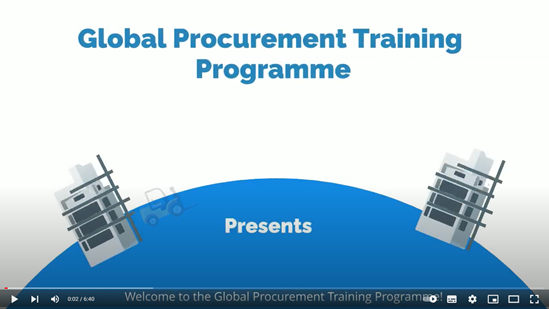Noncommunicable diseases kit (NCDK) 2022
For an outreach population of 10 000 people for 3 months
WHO has reviewed the Non communicable disease kit 2016 to improve the support to treatment for chronic disease patients in emergency settings. The prevalence of NCDs is increasing worldwide, including in emergency/crisis-prone areas. The revised NCD kit 2022 attends to cover this gap by providing essential medicines and medical devices for the management of hypertension and cardiac conditions, diabetes & endocrine conditions and chronic respiratory diseases.
Composition of the NCDK 2022
The new NCDK 2022 contains 5 modules as followed
| KMEDNCDK2---A1 | Non communicable disease kit (NCDK), 2022, complete | |
| MODULE 1 | KMEDNCDK2MM---A1 | (NCDK 2022) MODULE MEDICINES |
| MODULE 2 | KMEDNCDK2MCC---A1 | (NCDK 2022) MODULE COLD CHAIN |
| MODULE 3 | KMEDNCDK2MMR--A1 | (NCDK 2022) MODULE RENEWABLES |
| MODULE 4 | KMEDNCDK2ME---A1 | (NCDK 2022) MODULE EQUIPMENT |
| MODULE 5 | KMEDMGLU300TLA1 | MODULE, GLUVOMETER, 300 test & lancets |
Download the NCDK 2022 content list
Read the NCDK 2022 technical note
Module 1 – Medicines
Contains essential medicines to treat hypertension and cardiac conditions, type 2 diabetes, and chronic respiratory diseases. Does not include cold chain human insulins. The mental health medicines are removed from that kit and now gathered under a special mental health kit (MH2022).
Changes from NCDK 2016: Within the medicines module, glibenclamide was replaced with gliclazide to reduce the risk of hypoglycaemic reactions. New additions to the module include the statin simvastatin, the angiotensin-converting enzyme (ACE) inhibitors enalapril and hydrochlorothiazide, as well as a paediatric formulation of the asthma medication beclomethasone (100mcg).
Module 2 – Cold chain
Contains . human insulins in vials of 10ml cold chain medicines only.
Changes from NCDK 2016: Quantity of human insulin mix 70/30 of rapid-acting and intermediate-acting insulins were increased.
Module 3 – Supplies and renewables
Contains a small supply and renewables such as, urinary test strips, cotton wool, examination latex gloves, adhesive tape, and swab alcohol pads.
Module 4 – Equipment
Contains stethoscope, peak flow meter, otoscope and ophthalmoscope set, sphygmomanometer, pen flashlight, clinical digital thermometer, body tape measure, adult scale, monofilament devices for diabetic foot screening, as well as inhalers with a spacer.
Changes from NCDK 2016: The equipment module was expanded to include monofilament devices for diabetic foot screening, spacer inhaler chamber and an adult scale.
Module 5 - Glucometer
Contains a glucometer with 300 strips and 300 lancet pens 28G. The module serves one patient for three months. Note that the glucose strips and the lancets can be reordered on the WHO catalogue.
-------------------------------------------------------
The Mental health component will be treated in a different kit - Mental Health Kit 2022. Which contains two modules: one specifically dedicated to primary health care, the other for hospital settings.
Documents
Video: Training on the NCDK 2022
Video: NCDs kits in humanitarian crises
Publications


WHO package of essential noncommunicable (PEN) disease interventions for primary health care
Noncommunicable diseases (NCDs), also known as chronic diseases, tend to be of long duration and are the result of a combination of genetic, physiological,...

The mhGAP community toolkit: field test version
The mhGAP community toolkit: field test version is an integral part of WHO's Mental Health Gap Action Programme (mhGAP), and aims at scaling up services for...

mhGAP Mental Health Gap Action Programme
Mental, neurological and substance use disorders are highly prevalent and burdensome globally. The gap between what is urgently needed and what is available...



